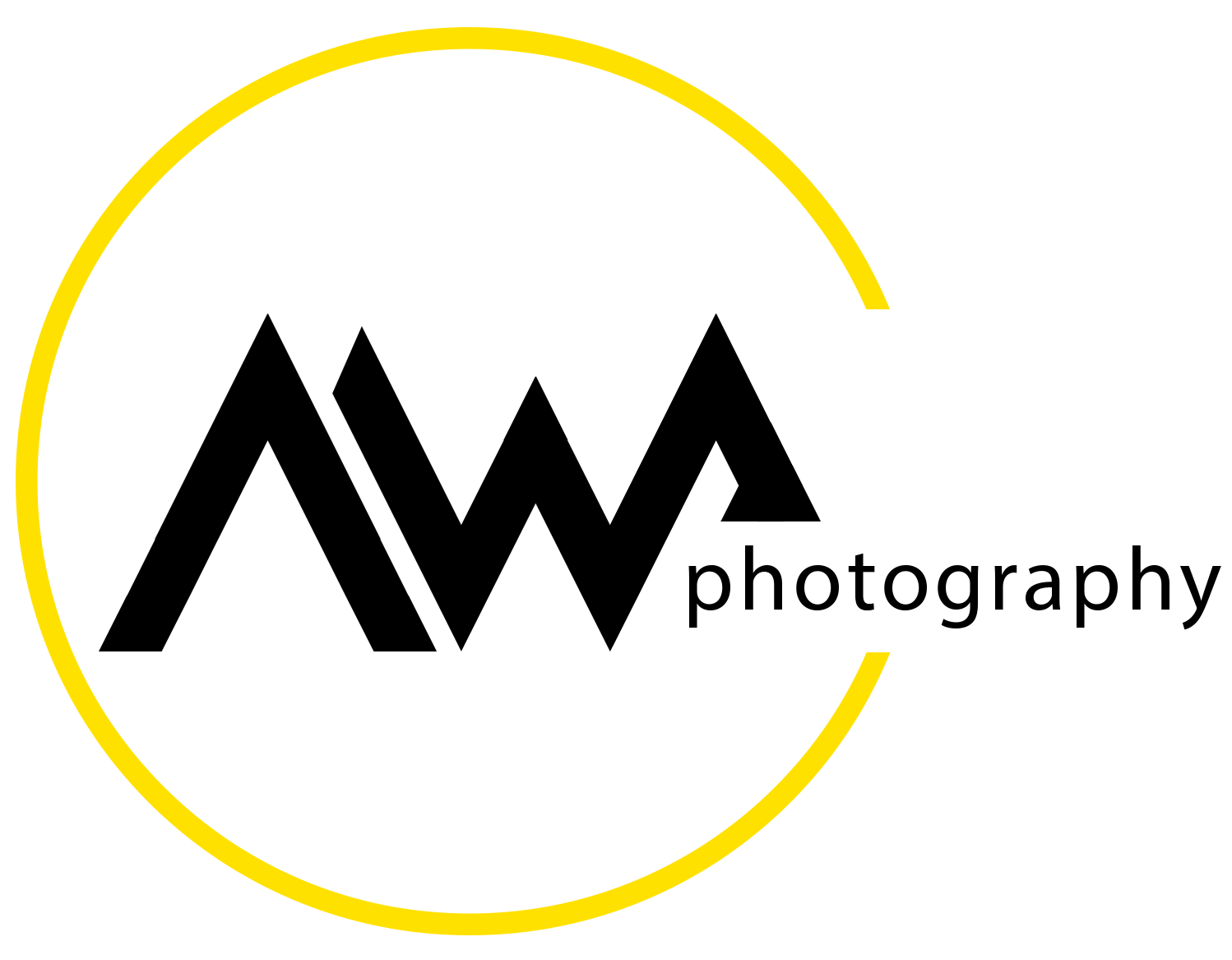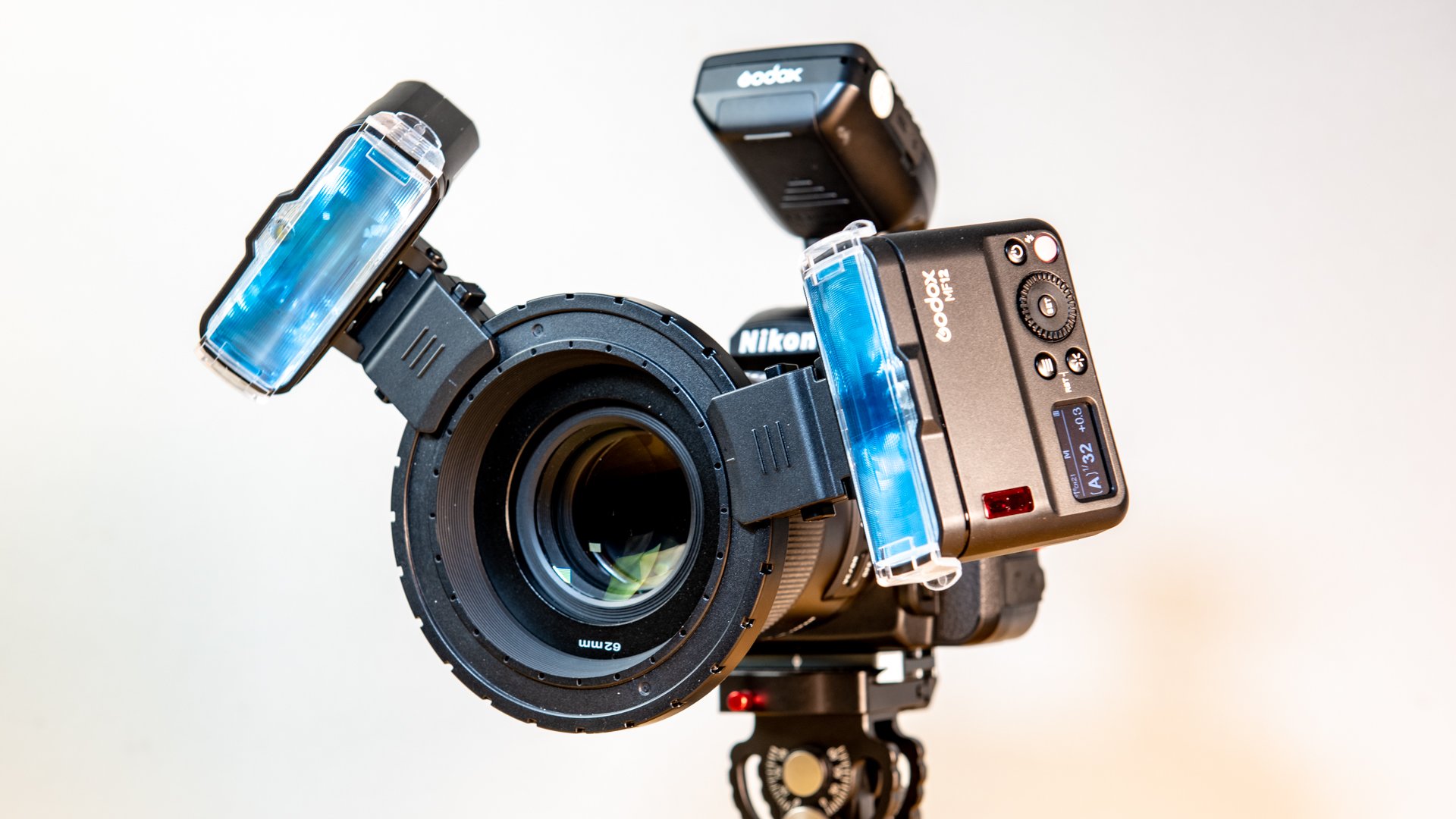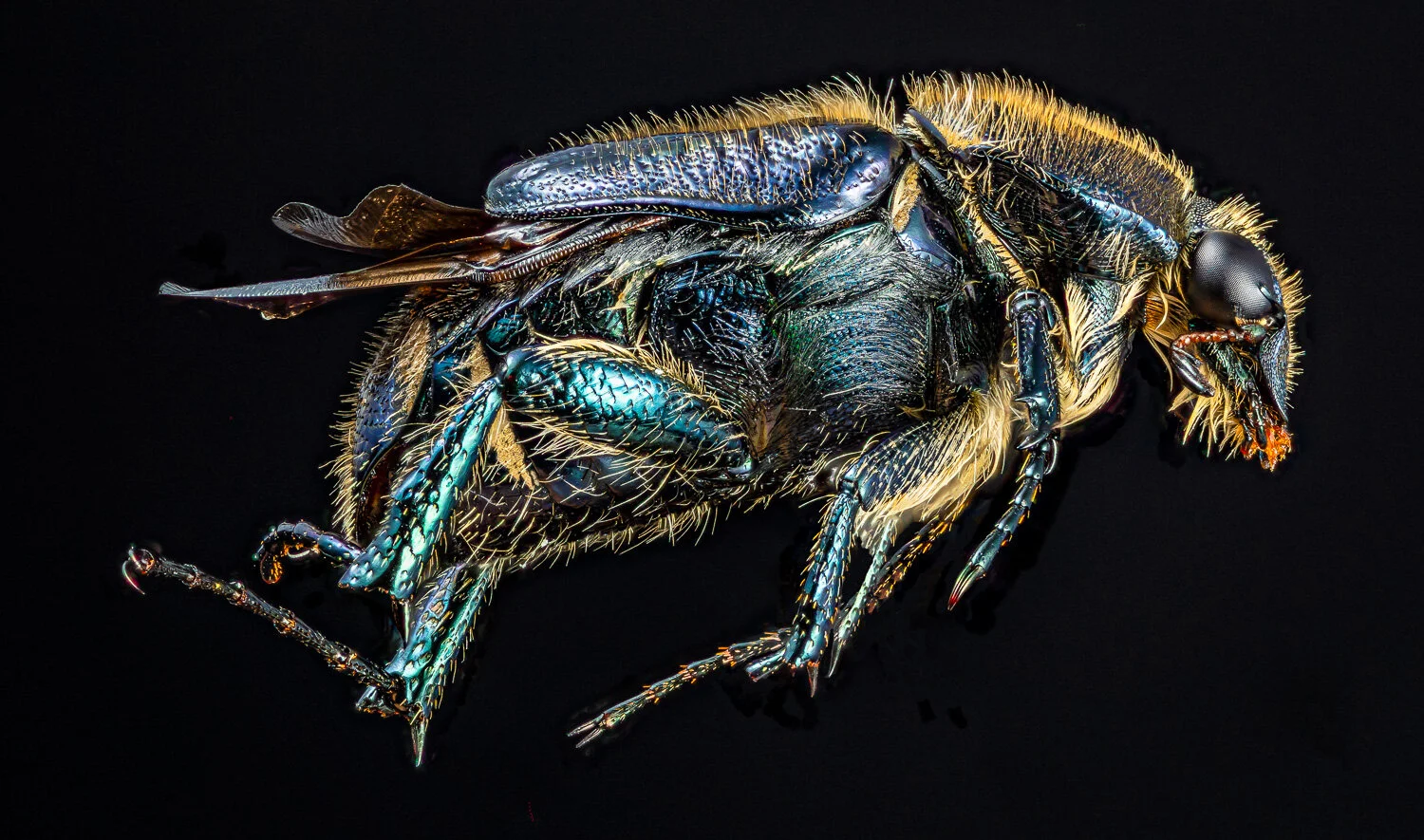Competition Time!
/Greetings everyone - I hope your week is off to a good start. I have been a busy chap and thought I would use the blog post this week to give you an update on stuff that is currently in the pipeline. This is the July 4th week, with the holiday (in the US) on Friday. While this may lead to a number of sunburns and about the same number of hangovers, it will have exactly no effect on this week’a programming - in fact, I have several extra activities to be taking care of at the end of this week. One of these is my rescheduled interview with Kelly Boesch. We had to cancel the planned meeting on Thursday but have it on the book for July 3rd. I am going to give you a couple of additional links to my favorite Kelly Boesch releases from the last few weeks. Be sure to send over any questions you would like me to ask her during the interview. I was planning to take a minute to explain what an artist like Kelly does and why it is so difficult to attain the skills she has in such abundance, but on further reflection I decided that this is exactly why I invited her to share her story with us in the first place - to educate us on how she makes this amazing art. So that is what I am going to do - let her tell you herself.
But in the meantime here is a piece she did on aging… https://youtu.be/28z0mAxIDQw?si=yeIhBlmyrTPduOyO. It is absolutely beautiful and, having tried my hand at some of this stuff over the years, absolutely impossible. It is a real mystery to me how Kelly is able to give her imaginary characters such powerfully emotive expressions while still feeling authentically human. Well, I plan to find that out on Thursday!
Another of her videos to watch is “Kids with AI Monsters” https://youtu.be/K8CY3OXaQ-w?si=CQxXndPUdfpVw4fp - brilliantly imagined and beautifully realized
I thought it was about time I worked on some content for our newer friends and decided that thisTuesday in Macro Talk I would do a section on the nuts and bolts of successful focus stacking. It will be basic but extensive, with a lot of useful information for seasoned stackers as well. I will do the whole thing as a start to finish demo. That is Tuesday, July 1, at 8pm. Here is your link … https://youtube.com/live/ur5Hxkq7iVY?feature=share
Thursday will be an unusual competition results program, during which I will go through all the images submitted to the June wild card macro competition. What makes it a big deal is that Cindi, my AI assistant, will also be judging this contest but I will not look at her results before we both see them during the program on Thursday. The aim is to find out how well she learned from studying the video recordings of all our prior contests. Now, my results are the only ones that will count for the official scoring, but we will take a close look at how Cindi arrived her scores and rankings. I will also give a brief report on how the process was completed and any problems that I might have run into. Here is your link for the program …https://youtube.com/live/FHtVil6KNRg?feature=share
And while we are at it, here is the competition theme for the month of July, 2025 - “Reptiles & Amphibians” - back to our usual handicapping rule - only one entry allowed from previous winners, two from everyone else. Your subject may be shot in the wild, or in captivity. The subject’s overall size is not an issue as long as your photograph is at 1:2 (one half life-size) or more - so on a full frame sensor you could get the entire animal in the frame if it is about 2.5 inches long. But most reptiles and amphibians are longer/larger than that as adults, so for a larger subject you will need to choose the body part you want to make the subject of your image (a snake’s head, the back of a tree frog, the tail of a spotted salamander).
A word of caution - if you are not very familiar with the snake species in your area, do not try to handle snakes. The vast majority of venomous species in the US are pit vipers, named for the large sensory cell-packed , pit-like depression in front of the eye and used for thermal imaging. These include several species of rattlesnakes (eastern diamondback, timber or canebrake, and various pygmy species), cottonmouths, and copperheads, For completeness I should also mention that the coral snake, a very venomous reptile, can rarely be found in the Deep South, and should not be handled by a non-professional). All snakes will, potentially, bite when handled but most are very tolerant of humans that don’t frighten them with sudden moves.
Your best bet is do not pick up any snake that you cannot readily and accurately identify as a venomous species And if you are not absolutely certain the snake you have found is safe to be bitten by, leave it along. If you aren’t comfortable around these lovely creatures, take a longer lens, 200-300mm and take your pictures from a respectable distance. If you want to see just how much fun “herping” can be, check out this YouTube channel - https://www.youtube.com/@NKFherping - it may help you find a cool subject, or just inspire you to give it a shot, either way, he is a lot of fun to watch and the channel is full of reliable information about reptiles and amphibians across North America. Highly recommended viewing!
Pzoom is on Saturday at 10am and it will be a full morning, with introductions, updates, and lots of other stuff to talk about.
Your link and invitation is over on Patreon, in my latest post (should be out within 24 hours). I also have an exciting announcement for my Patreon supporters. Hope you can make it on Saturday.
I try not to talk about this unless it is absolutely necessary, but the channel is having a lean spell, with a few folks leaving Patreon and my affiliate payments dropping sharply. I don’t know if this is because they have reduced the fees or because fewer purchases are being made, but either way, income is down, expenses are up, and there is nothing in reserve. I have been planning to sell some merchandise through my website, but it appears that the costs of doing this (like getting a company to stock and mail the shirts and other items) would actually be higher than any profit I might have made. I really want to do this, even if it costs me, but right now I don’t have what it would cost to get the shirts made. Without going into all the gory details, I could sure use your help. The best way you can help is by joining Patreon and supporting my work through that platform. If that doesn’t work, you can always make a donation through the web site (https://www.allanwallsphotography.com/donations), or via PayPal - Every little bit helps and would be hugely appreciated! Thank you!
the size of a quarter, a newly minted slider
Lester Lefkowitz will be joining us on September 13th, in our Pzoom meeting to talk about his Lightroom organization strategy - something I don’t need to miss.
That’s it for this week! Hope to see out there!
PS… I don’t think that anyone got the riddle from last week’s post - the pictures were of a canine testes and the appendage of a bumble bee - or the “Dog’s Bol*ocks” and “Bees Knees”, both slang terms for a person, place, or thing that is clearly of above average quality. Another slang term with the same meaning might be “the cat’s pyjamas”. an example of where any of these three might be used would be… “Did you see that English macro guy’s livestream on Tuesday!? It was the bees knees!”.
Now you know…













































